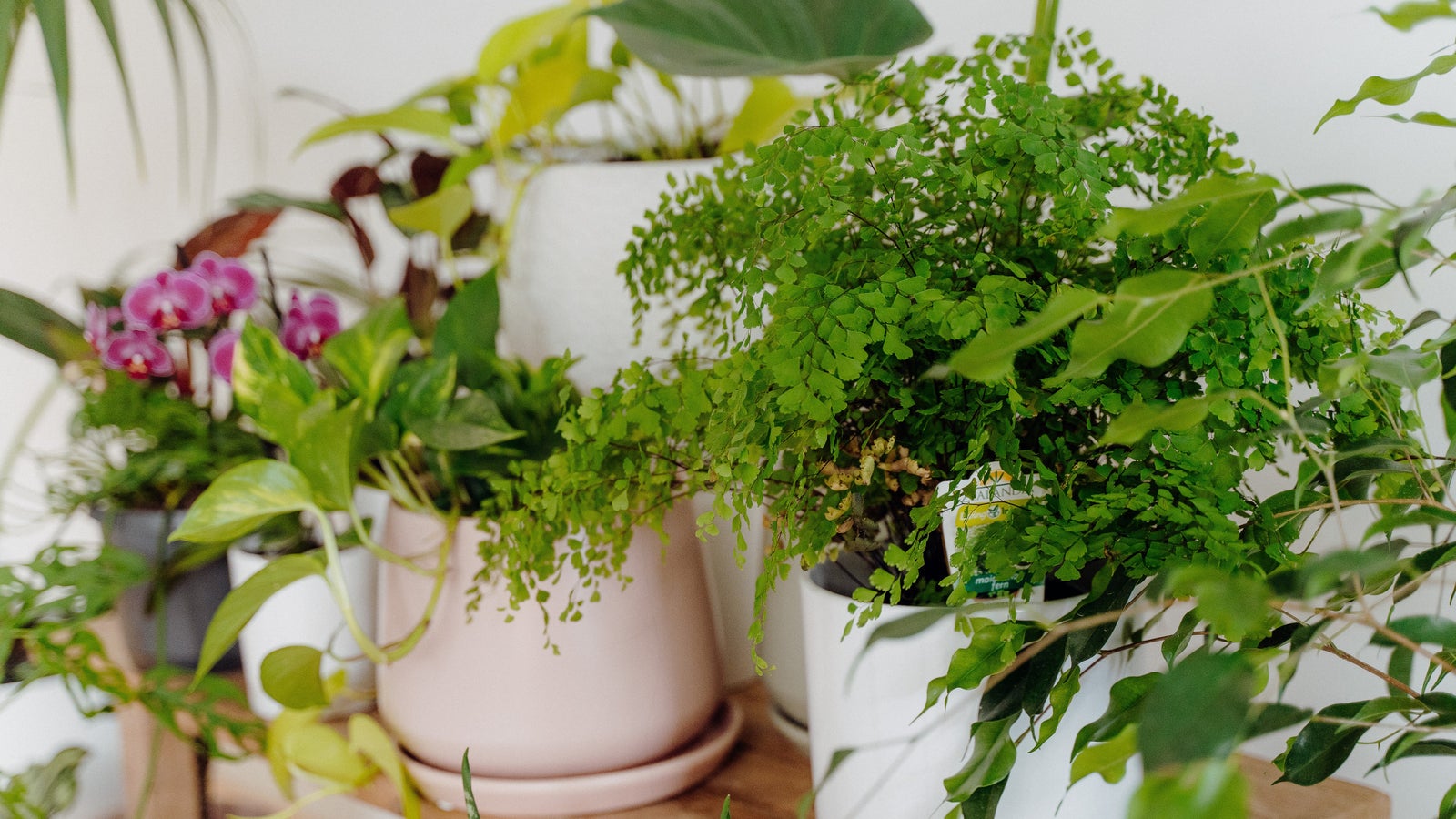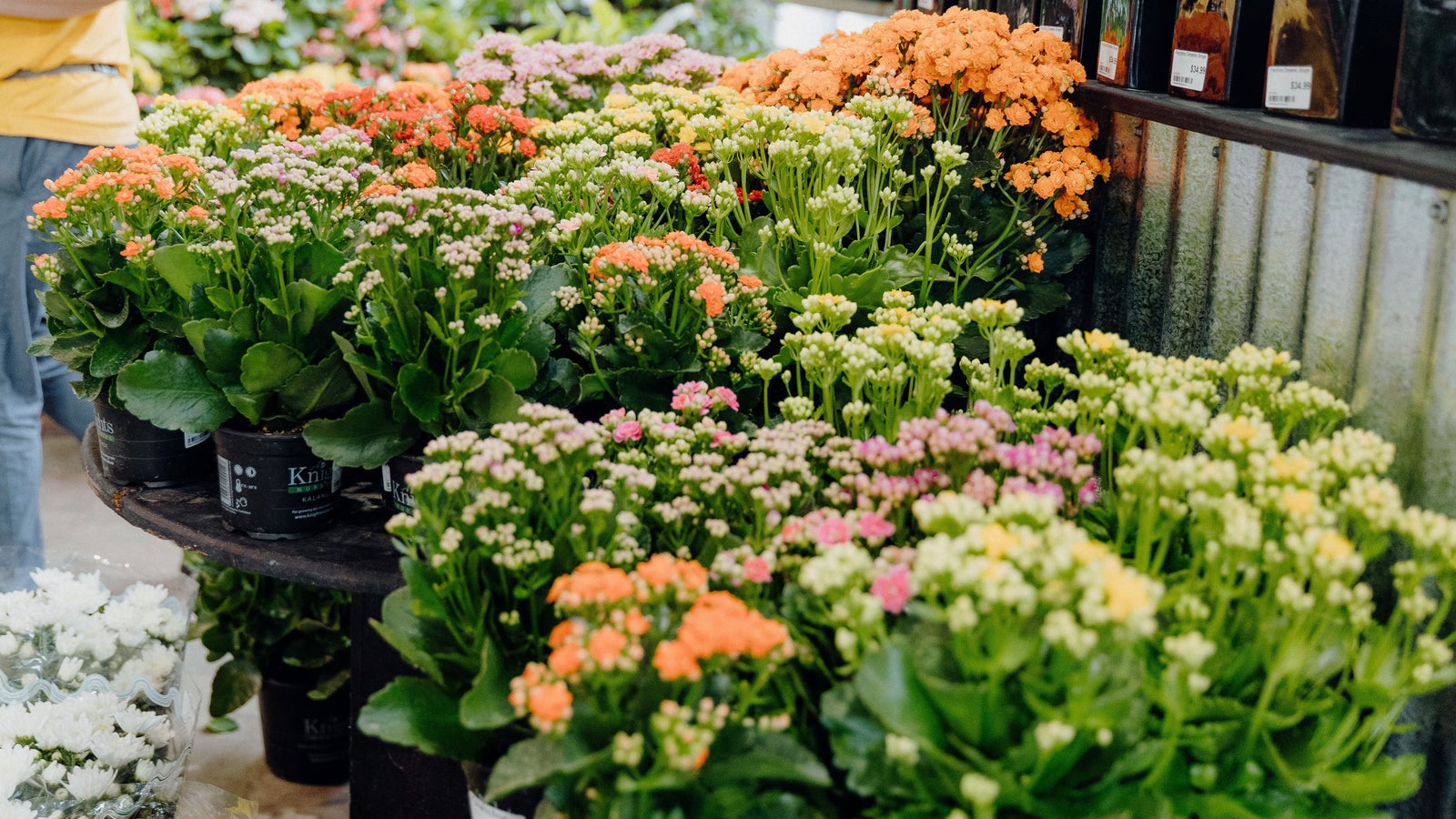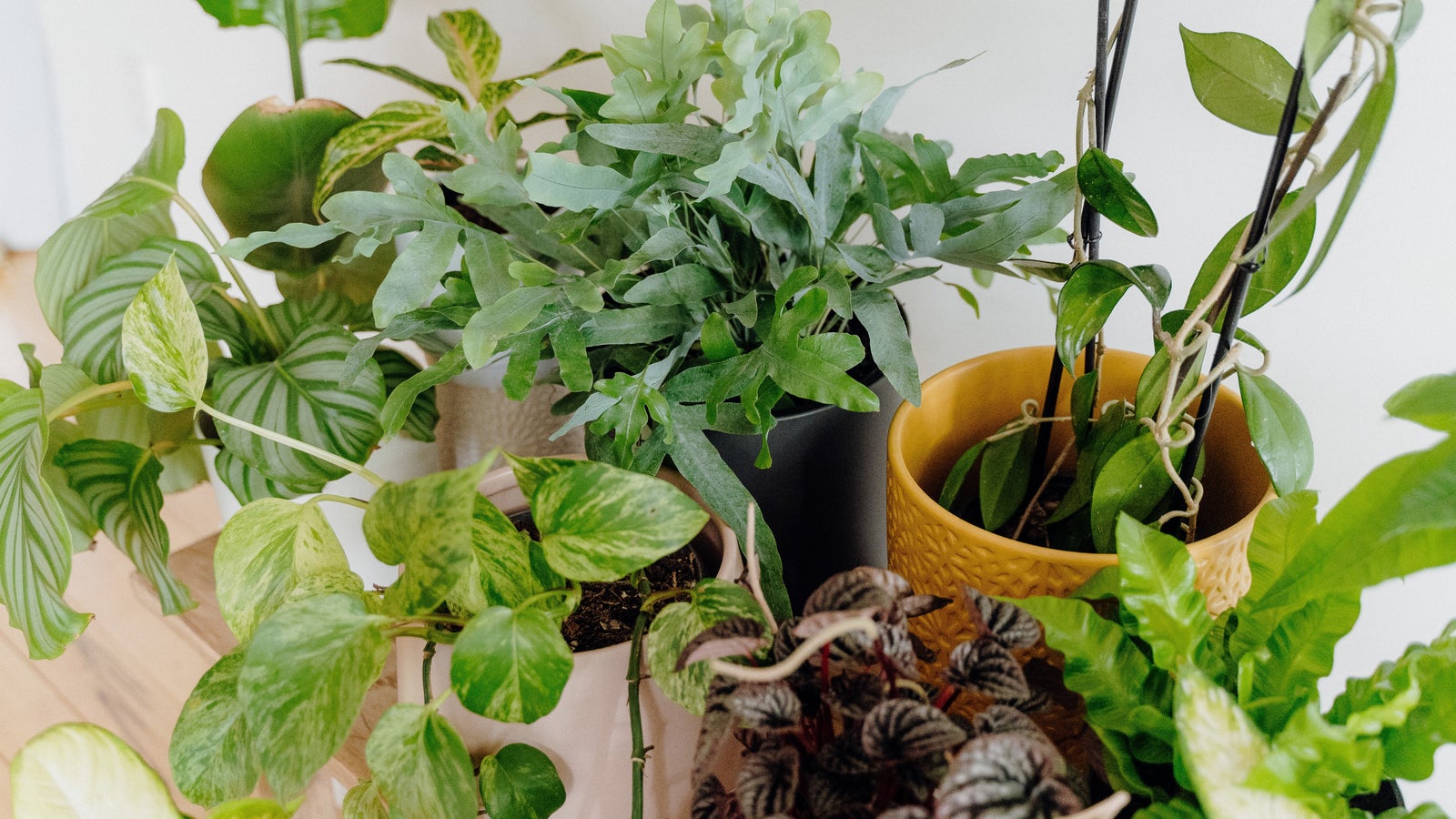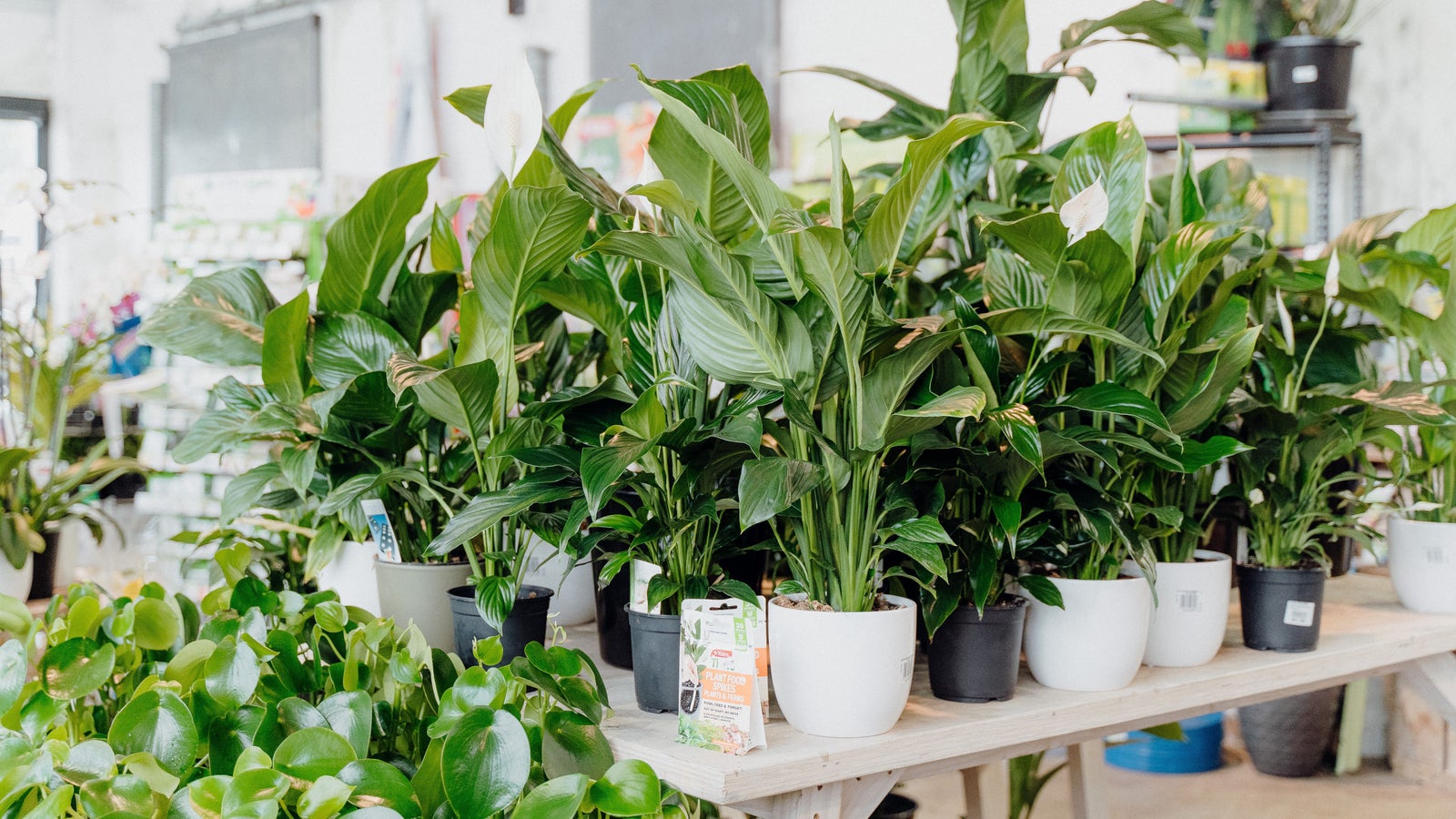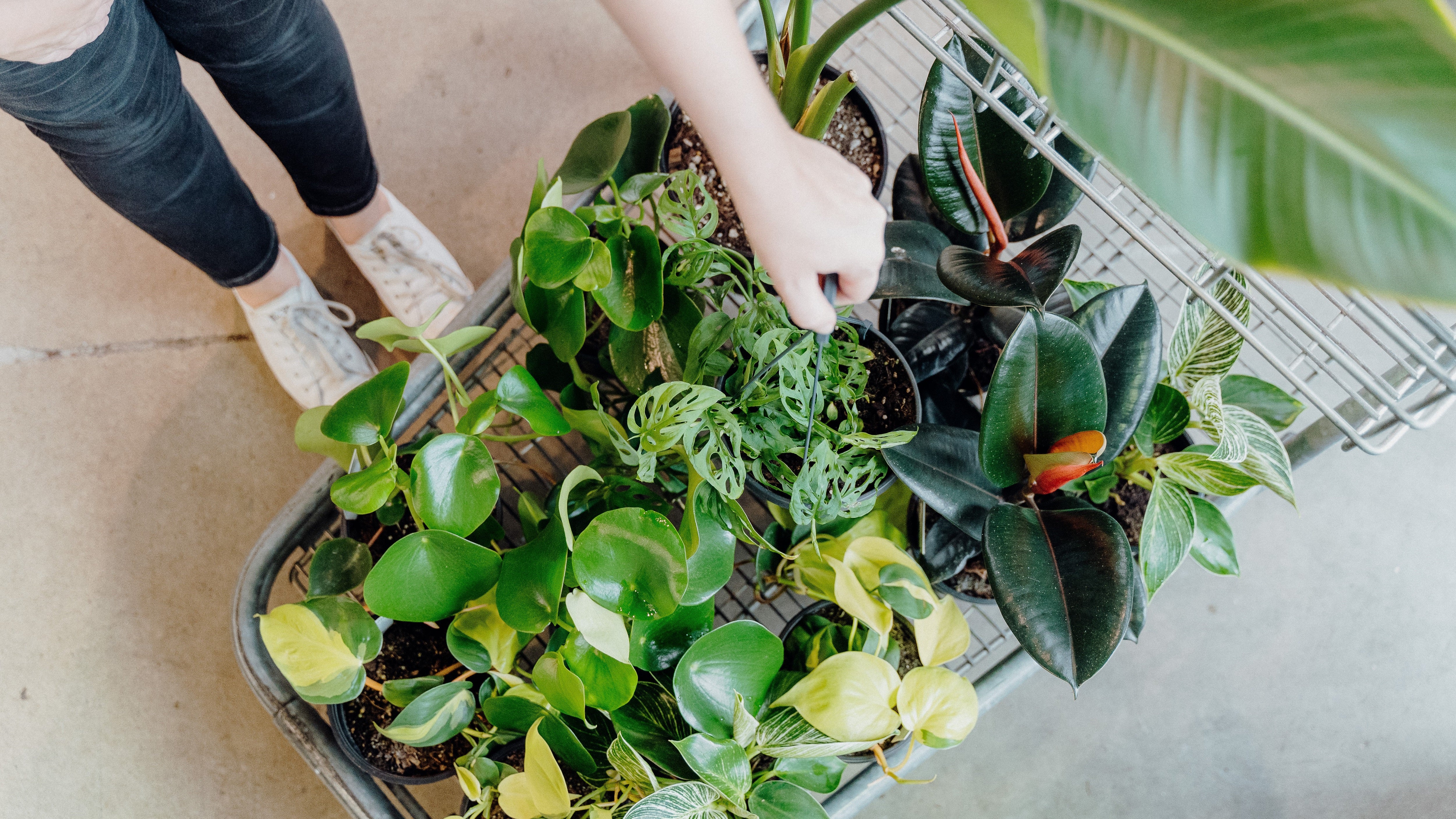
Indoor Plant Care Guide
05 Jul, 2022
Winter Care Tips
With the cooler, darker days of winter in Auckland, there are a few different ways to care for your indoor plants to make sure they survive through to spring.
Watering
Incorrect watering during winter is the number one way to lose your indoor plants. Cut watering back to a third of what they get in the summer to help ensure they don’t get waterlogged and start developing signs of root rot. The only exception to this rule are carnivorous plants and ferns.
If you aren’t sure if the soil is dry enough, lift the pot to see if it is still heavy with water, or push your finger into the soil up to the knuckle to check the moisture level. Alternatively, you can purchase a moisture meter instore.
Position
Diminishing light levels may mean your plants need to be moved to get more light. Clean your windows to allow extra light in, and clean your plants’ leaves so they can absorb enough light. If you have small cuttings or young plants, look into investing in an indoor grow light. Keep out of direct sunlight.
Most indoor plants are tropical or subtropical, meaning that they need to be kept warm in winter. Keep your plants in a room that is 15°C or warmer, otherwise the more delicate plants will start to show cold damage on the leaves and may start dying back. Make sure your plants are kept away from cool drafts, heatpumps and heaters.
Feeding
In warmer climates like Auckland you can get away with a weak dilution of fertiliser, but we recommend against feeding your indoor plants regularly while it’s cold. Resume normal feeding when temperatures rise in spring.
Spring Care Tips
Spring is an exciting time for indoor plants – a time of new growth.
Here are some tips to make sure your plants are happy and healthy.
Watering
As the temperature heats up again, your plants will start to absorb water more quickly, and any excess water evaporates from the soil and saucers. Break the habit of watering ‘X’ amount of days, and instead regulate watering by either using a moisture meter or sticking your finger into the soil to see if it is damp. This will be more beneficial to the health of your plants in the long run.
Position
Indirect light is best for most indoor plants. If you have a vining plant, put it on a bookshelf or on top of the fridge or a tall cabinet and let its lush leaves cascade down. Some plants, like the string of pearls, are happy in the direct morning sun, and others, like cacti and Venus flytraps, can withstand full sun in a north-facing window.
Feeding
Spring and summer mean regular fertilising can resume! For fast absorption, use a liquid fertiliser such as Kings House Plant Food once every four to six weeks. For a slower release over a long time, use Kings Slow-Release Indoor Plant Food once every spring and again in summer.
Summer Care Tips
Summer is an exciting time for plant parents, as you will still be getting a flush of new growth.
Here are some tips on how to continue to look after your indoor plants.
Watering
Monitor soil moisture levels and ensure that soil is kept evenly moist, as plants will use more water when temperatures are hotter. Different indoor plants require different levels of watering. Dry-tolerant plants such as cacti, dracaena, snake and ZZ plants only need water when the soil is completely dry. Plants such as the peace lily, calathea, fittonia (nerve plant), begonia rex, ferns, pitcher plants, venus flytraps and caladiums need to be kept moist – do not let them dry out completely.
Position
Light levels can affect plants. Never keep indoor plants, other than cacti, in full sun. Instead, keep indoor plants in bright, indirect light. Some plants such as hoya can take early morning sun.
In rooms that are air conditioned ensure that your plants are not in the direct flow of the air, and mist plants daily to increase the humidity.
Feeding
Liquid feed your plants once every 3–4 weeks in summer with Kings Houseplant Food. If you have flowering plants, use a liquid orchid fertiliser (which contains a higher potassium (K) rating) to encourage new flowers.
General Care
Inspect plants weekly for signs of pests such as Mites, Thrip and Mealy Bug, as they love hot environments. Early intervention is critical when treating these pests.
Autumn Care Tips
Look after your lush indoor plants this autumn with our easy-to-follow care tips.
Watering
Autumn means cooler temperatures, so adjust watering accordingly. Certain plants like peace lilies, monstera and ficus need to be left to dry out longer between watering. Don’t water if the soil is still moist, as this can lead to root rot. Others, such as ferns, fittonias and carnivorous plants, still need to be slightly moist.
Position
Light levels will be lower due to shorter days and the sun moving positions. This may mean your indoor plants will need to find a new spot to live in. Close windows at night as cool drafts can affect your tropical indoor plants.
Feeding
Slow fertilising as the temperatures drop. As it gets colder, your tropical plants’ growth will slow and many will go into a dormancy period, meaning that they don’t need much food at this time.
